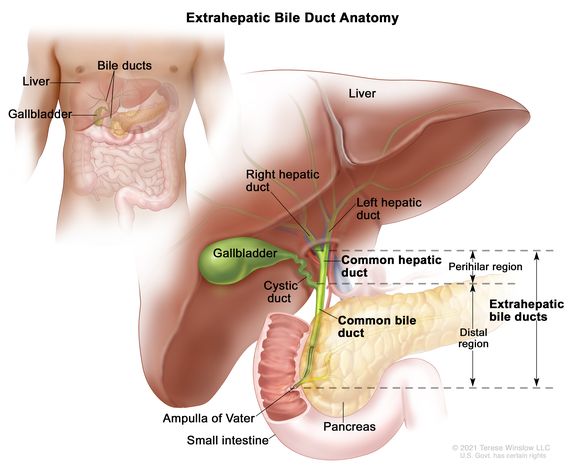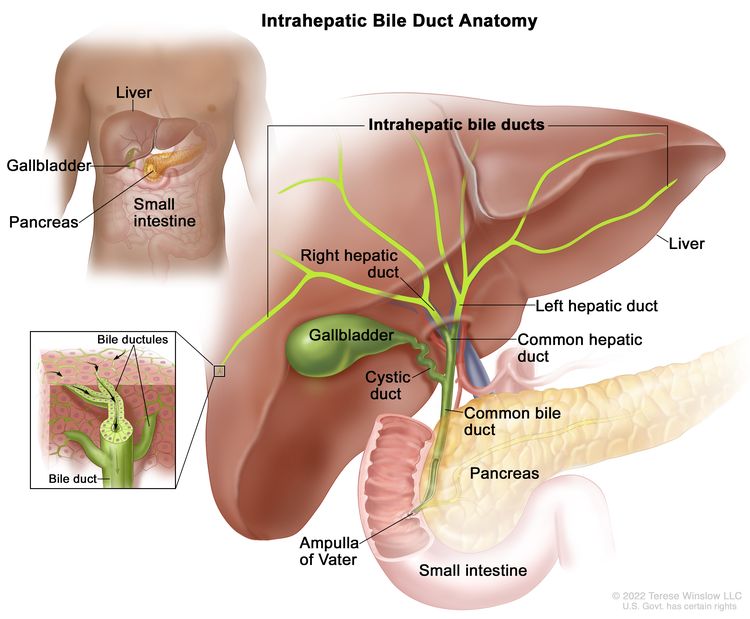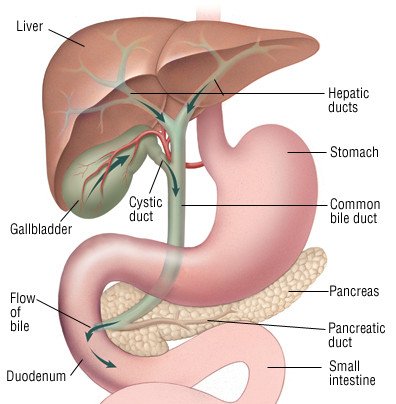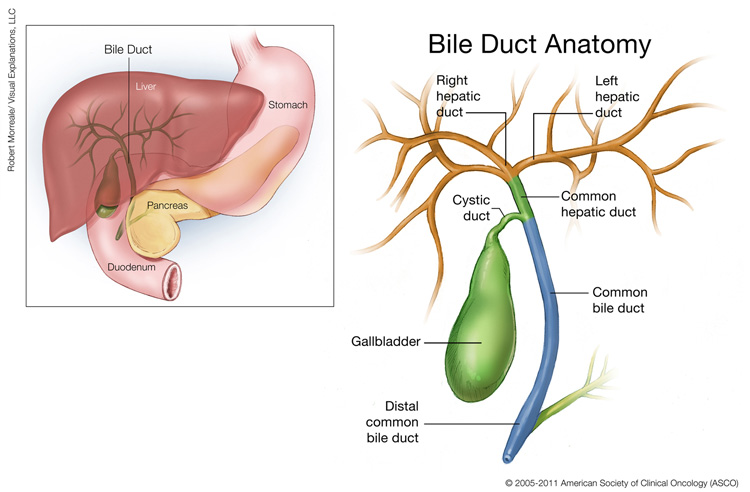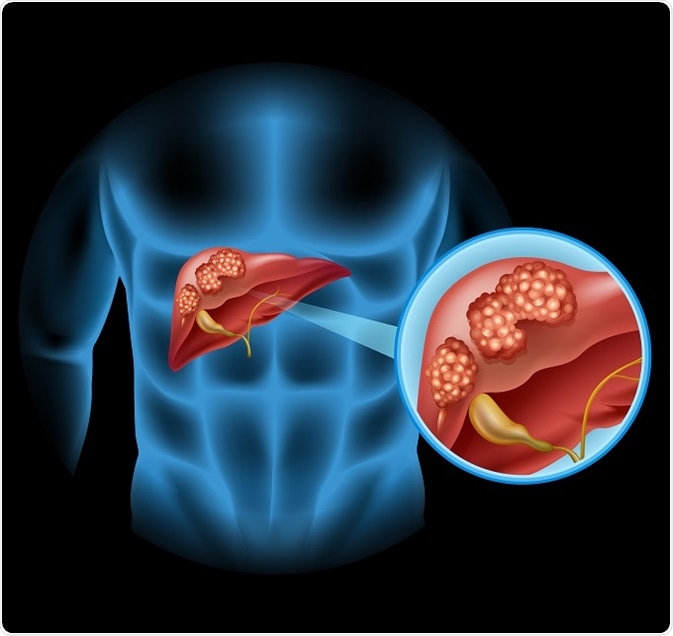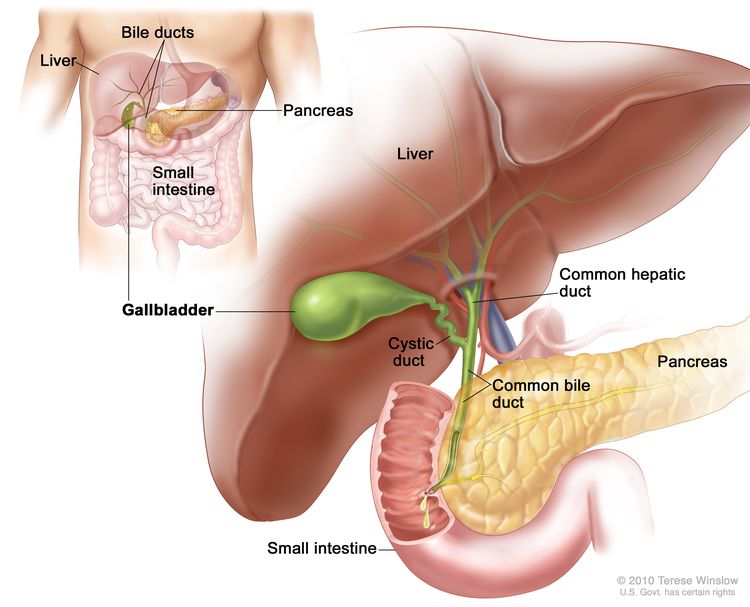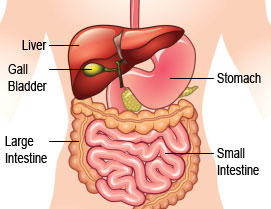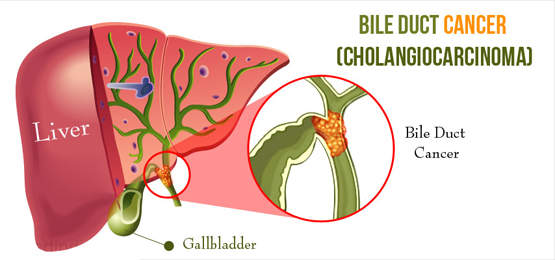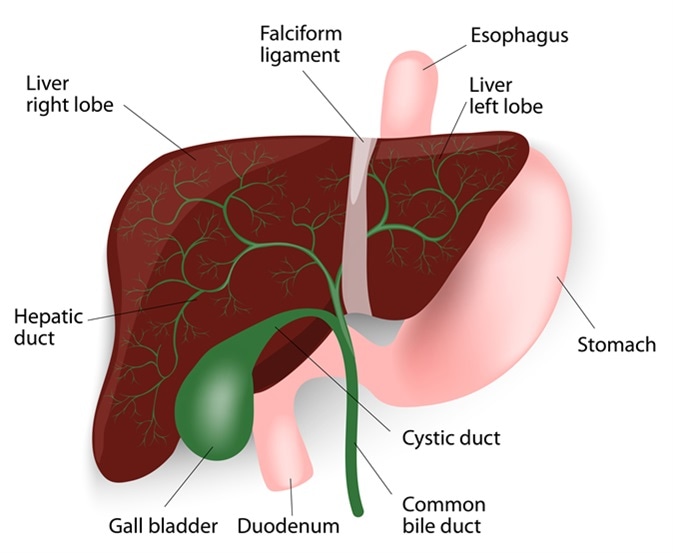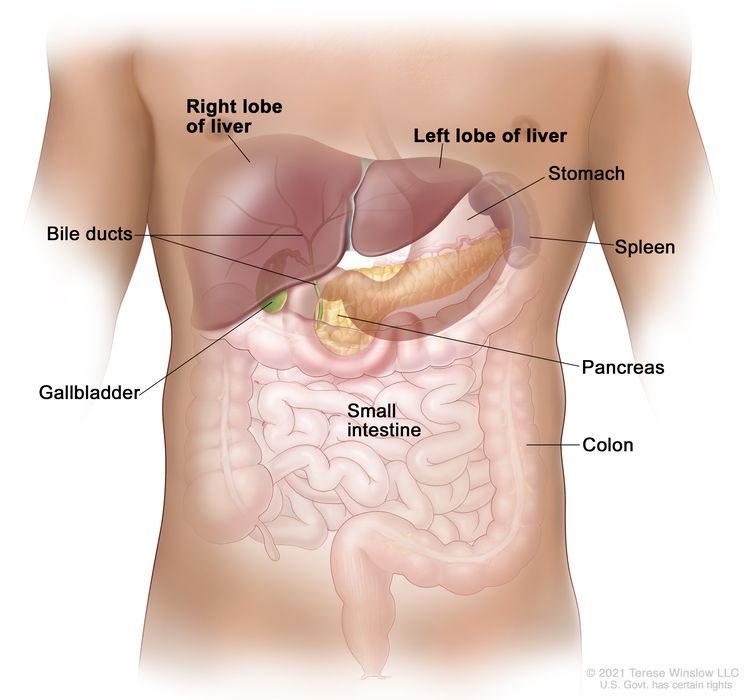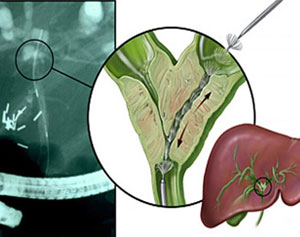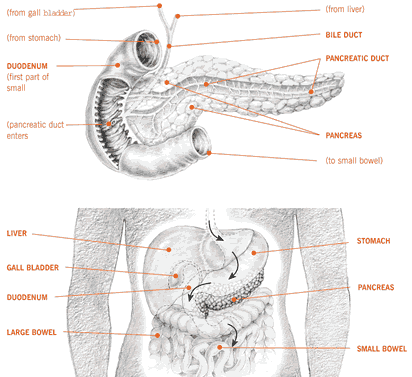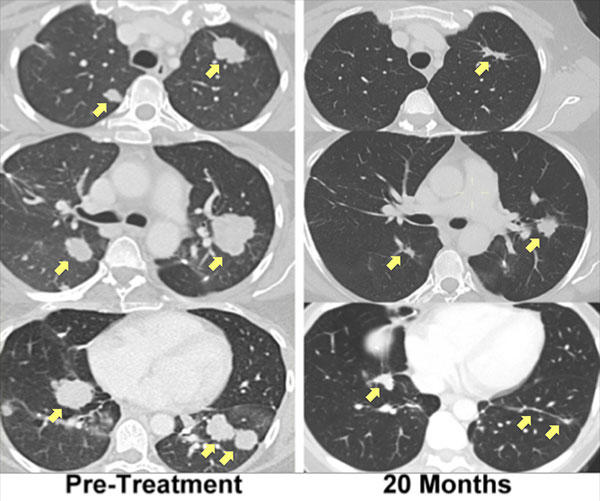A network of tubes called ducts connects the liver gallbladder and small intestine this network begins in the liver where many small ducts collect bile a fluid made by the liver to break down fats during digestion the small ducts come together to form the right and left hepatic ducts which lead.
Bile duct cancer spread to liver prognosis.
Recurrent bile duct cancer is cancer that has recurred come back after it has been treated.
The cancer may come back in the bile ducts liver or gallbladder.
The cancer has spread outside the bile ducts to nearby structures or lymph nodes.
These numbers are based on people diagnosed with cancers of the bile duct between 2009 and 2015.
Metastatic bile duct cancer may have spread to the liver other parts of the abdominal cavity or to distant parts of the body.
Unfortunately the overall prognosis for bile duct cancer is not particularly encouraging.
A locally advanced cancer might have grown into the liver small bowel pancreas or major blood vessels.
Cholangiocarcinoma is cancer that forms in the slender tubes bile ducts that carry the digestive fluid bile.
The cancer has spread to distant parts of the body such as the lungs.
Bile duct liver cancer prognosis is also very poor.
The advanced bile duct cancer prognosis is very poor because this stage the cancer has already spread to other parts of the bile duct and to the body.
The tnm staging system provides a detailed summary of how far the bile duct cancer has spread and gives doctors an idea about a person s prognosis outlook.
They are divided into.
This condition also known as bile duct cancer is an uncommon form of cancer that occurs mostly in people older than age 50 though it can occur at any age.
Bile duct cancer is a rare disease in which malignant cancer cells form in the bile ducts.
If proper treatments are taken and the patient s body is healthy enough to respond to these treatments there is progress in its prognosis.
Bile ducts connect your liver to your gallbladder and to your small intestine.
Prognosis for liver metastases.
Bile duct cancer is a rare form of cancer with approximately 2 500 new cases.
5 year relative survival rates for bile duct cancer.
Bile duct cancer is also called cholangiocarcinoma.
Someone who has bile duct cancer within their liver has a five year survival rate of just fifteen percent at stage one.
Bile duct cancer arises from the cells that line the bile ducts the drainage system for bile that is produced by the liver bile ducts collect this bile draining it into the gallbladder and finally into the small intestine where it aids in the digestion process.
The swelling can cause an obstruction to blood and bile flow.
Locally advanced cancer means that the cancer has spread into lymph nodes or organs near the bile duct.
Liver metastases occur when cancer spreads to the liver from another part of the body.
Bile duct cancers tend to spread locally along the bile duct.
